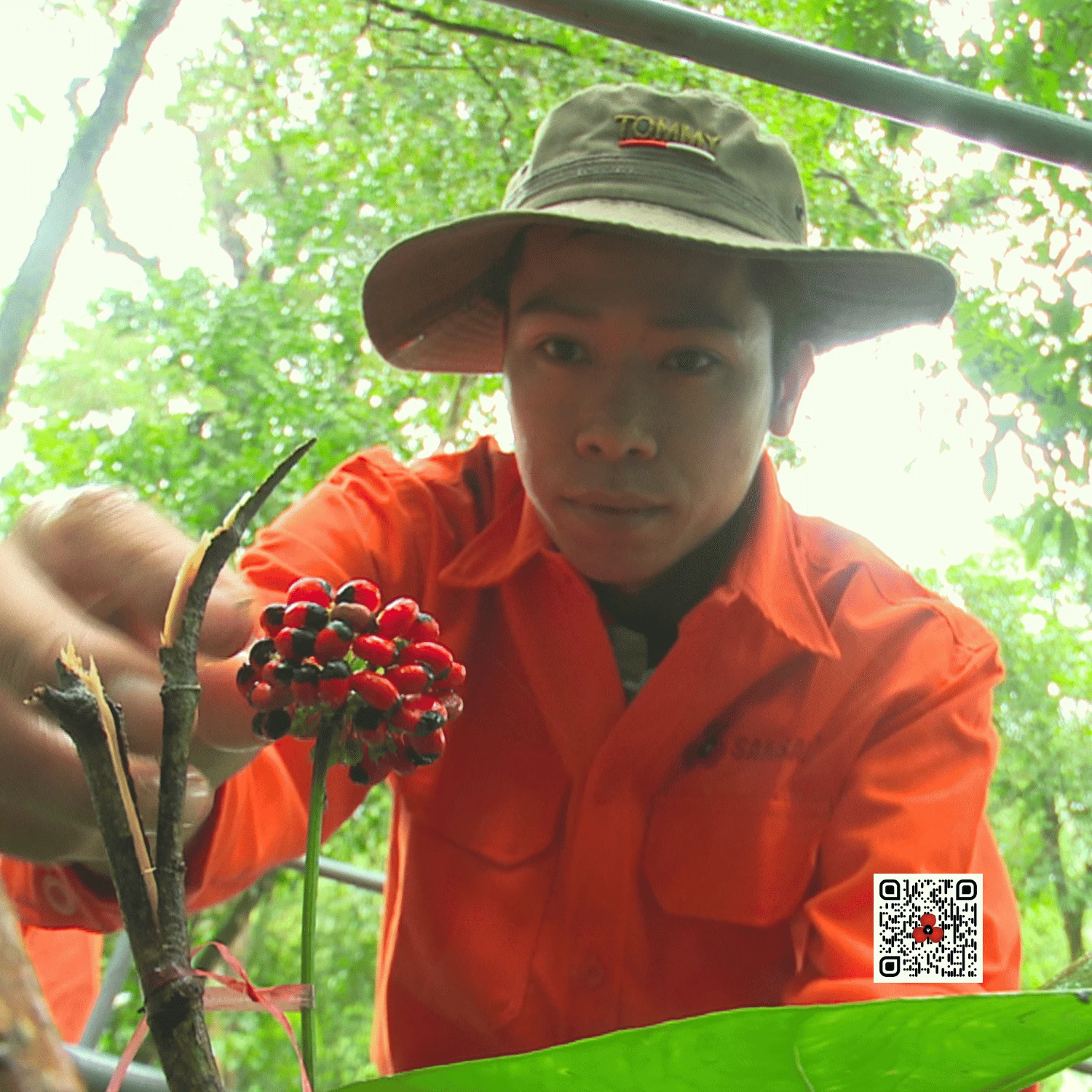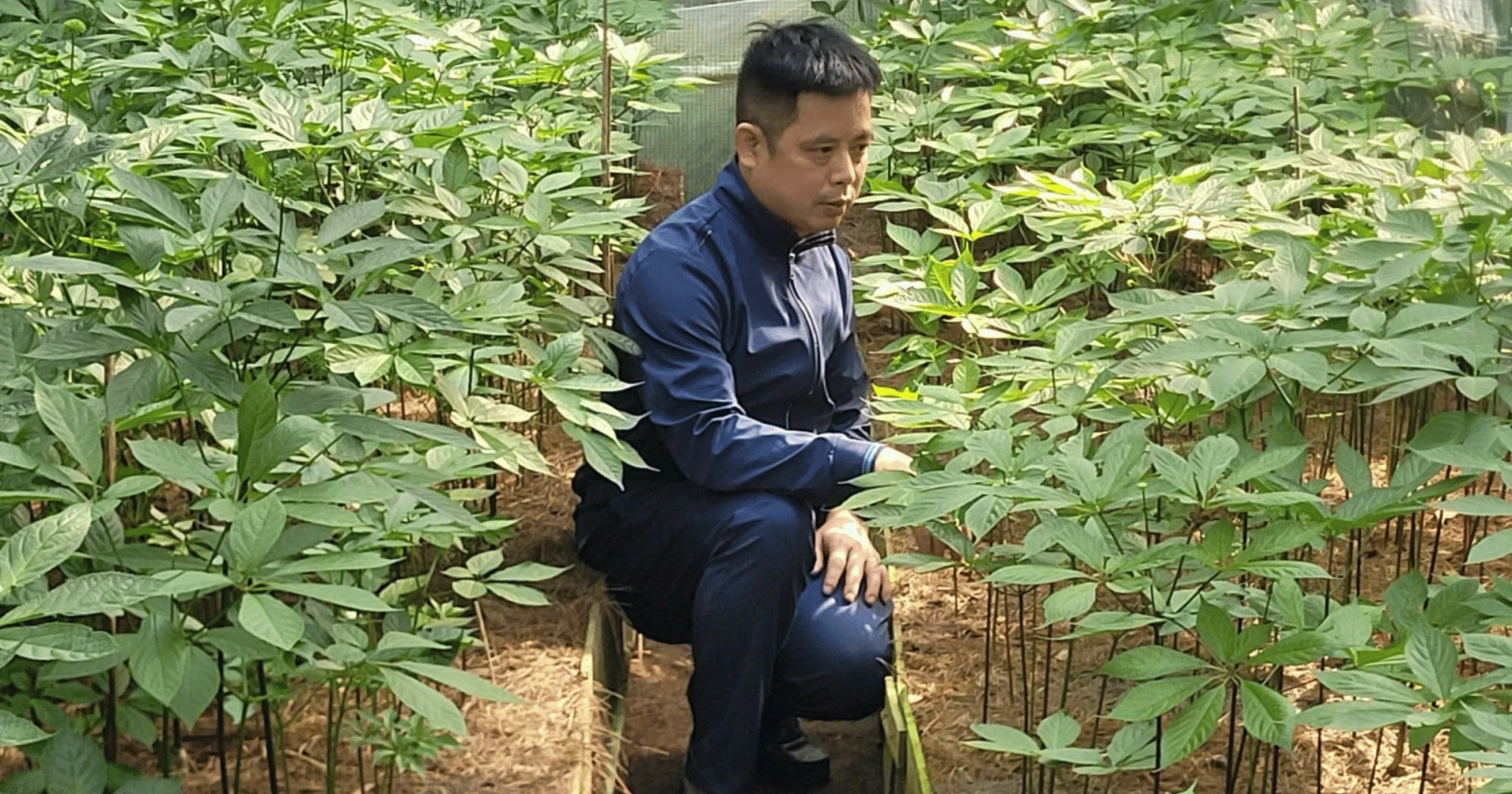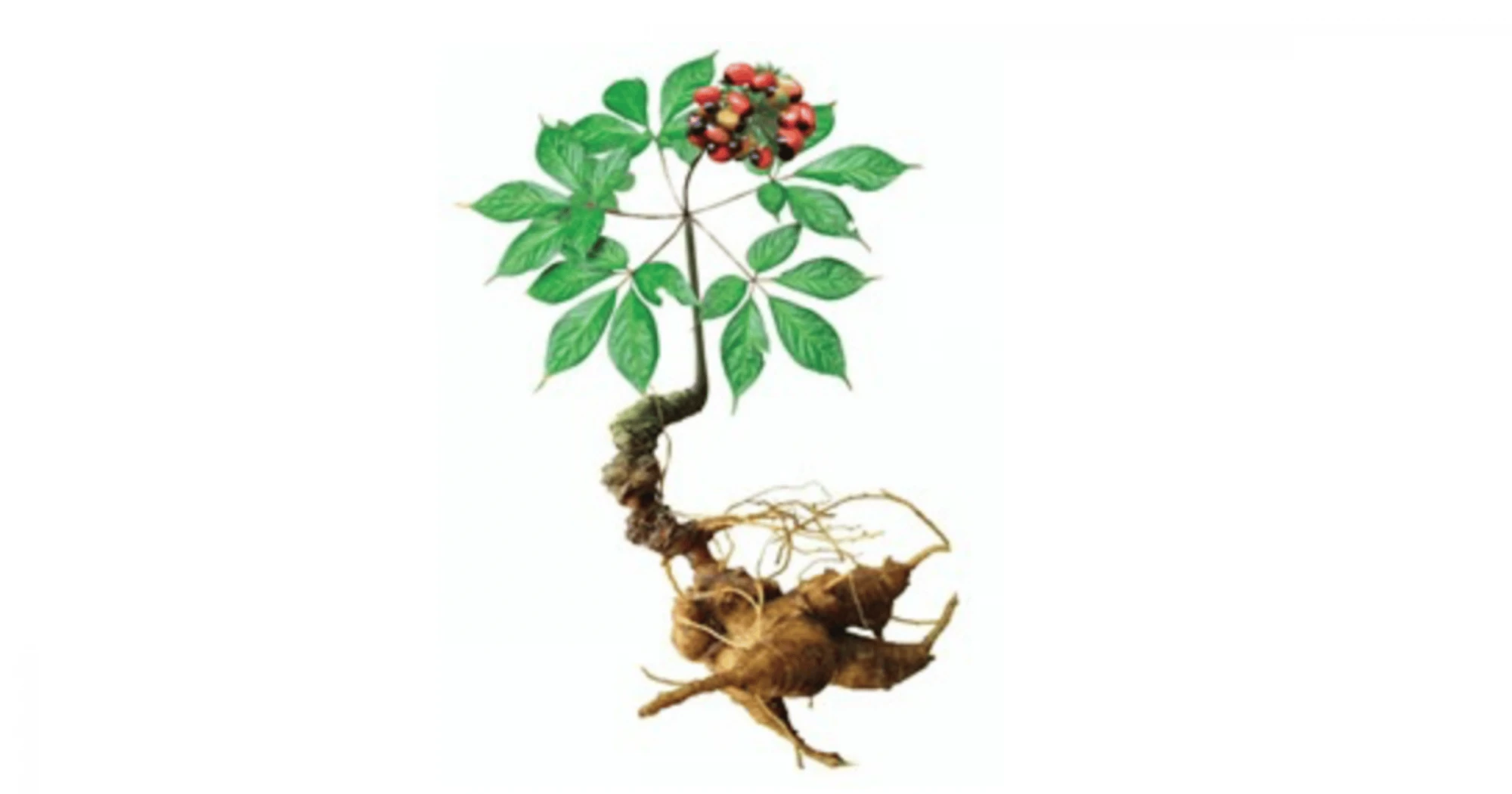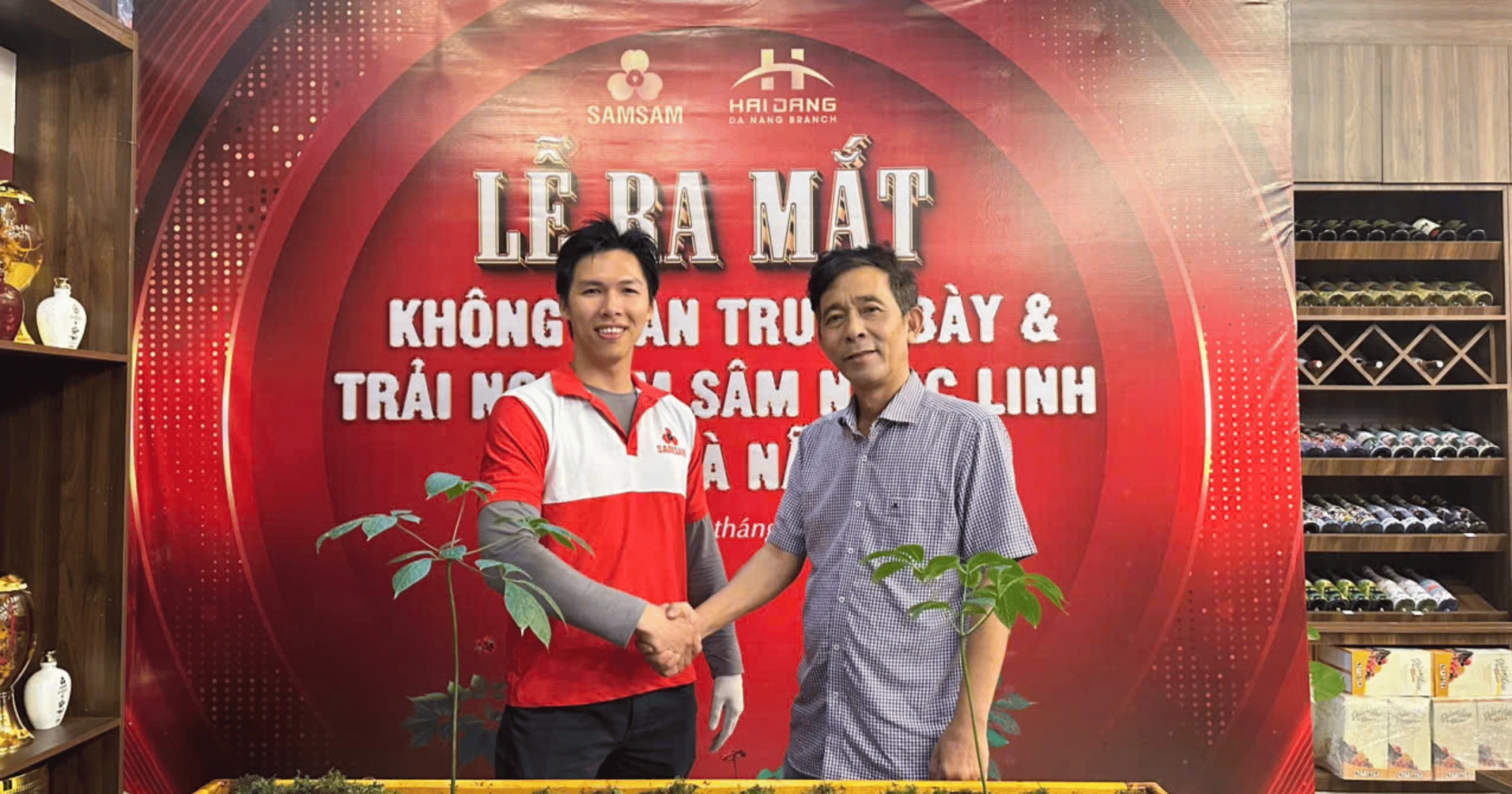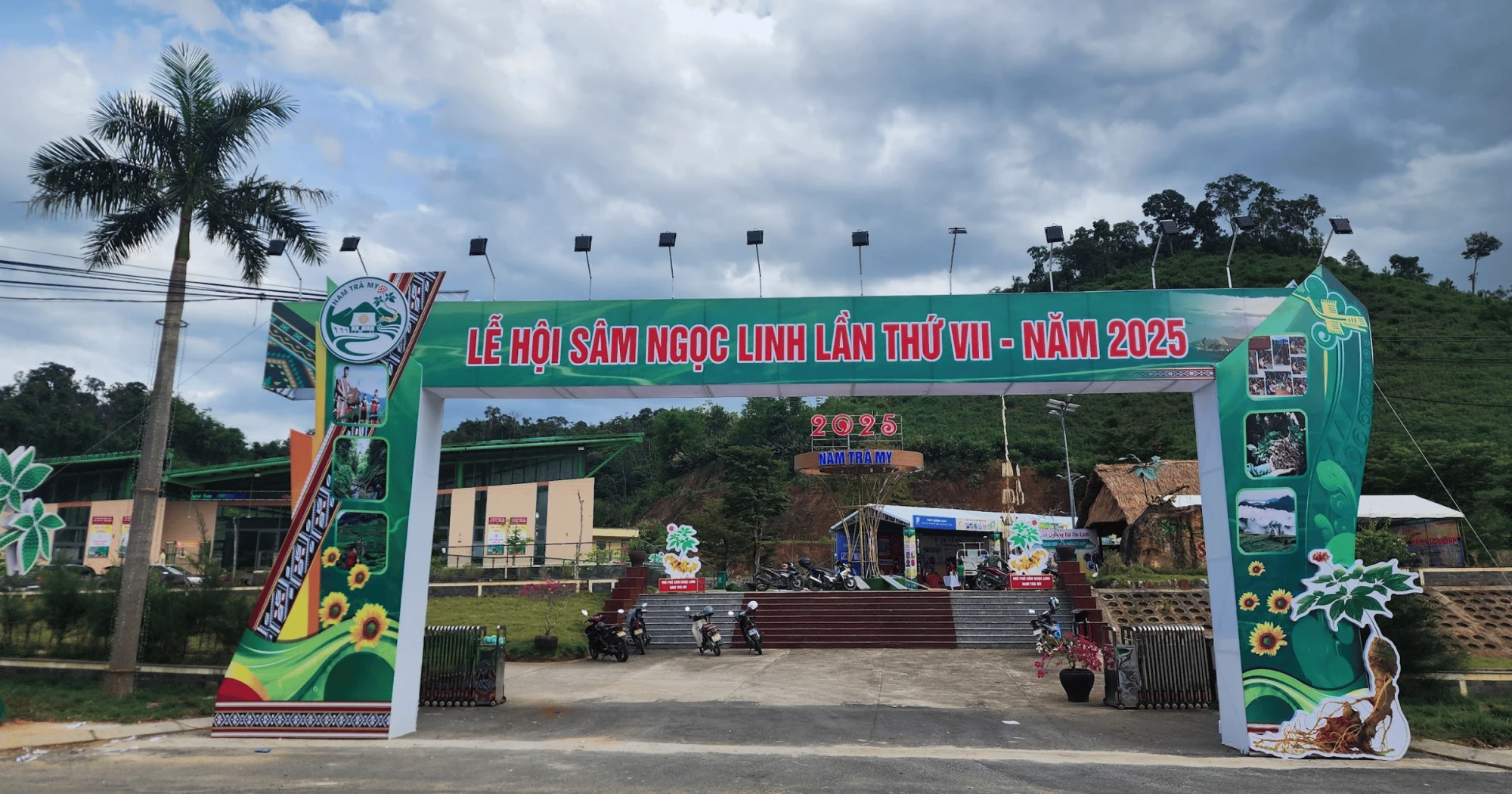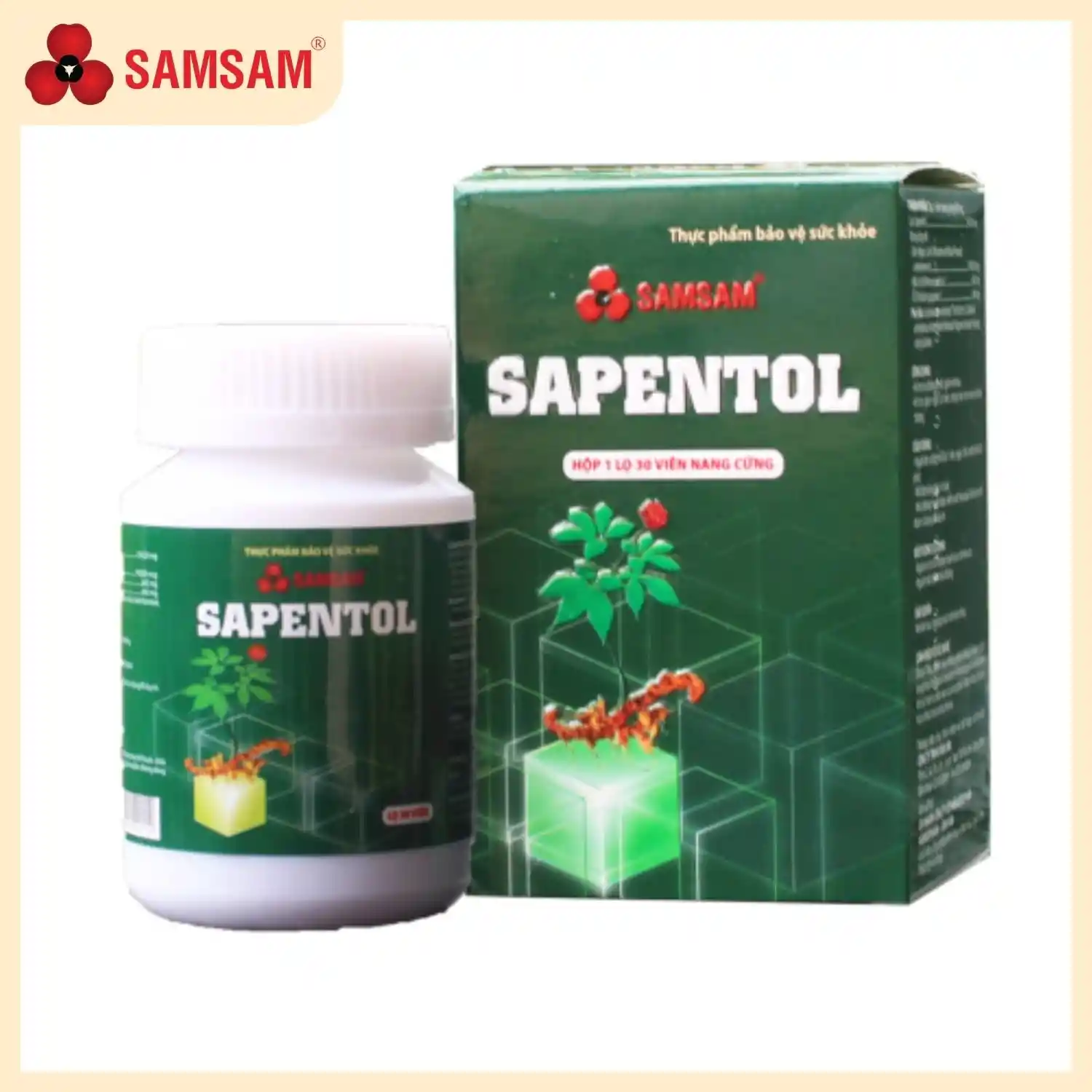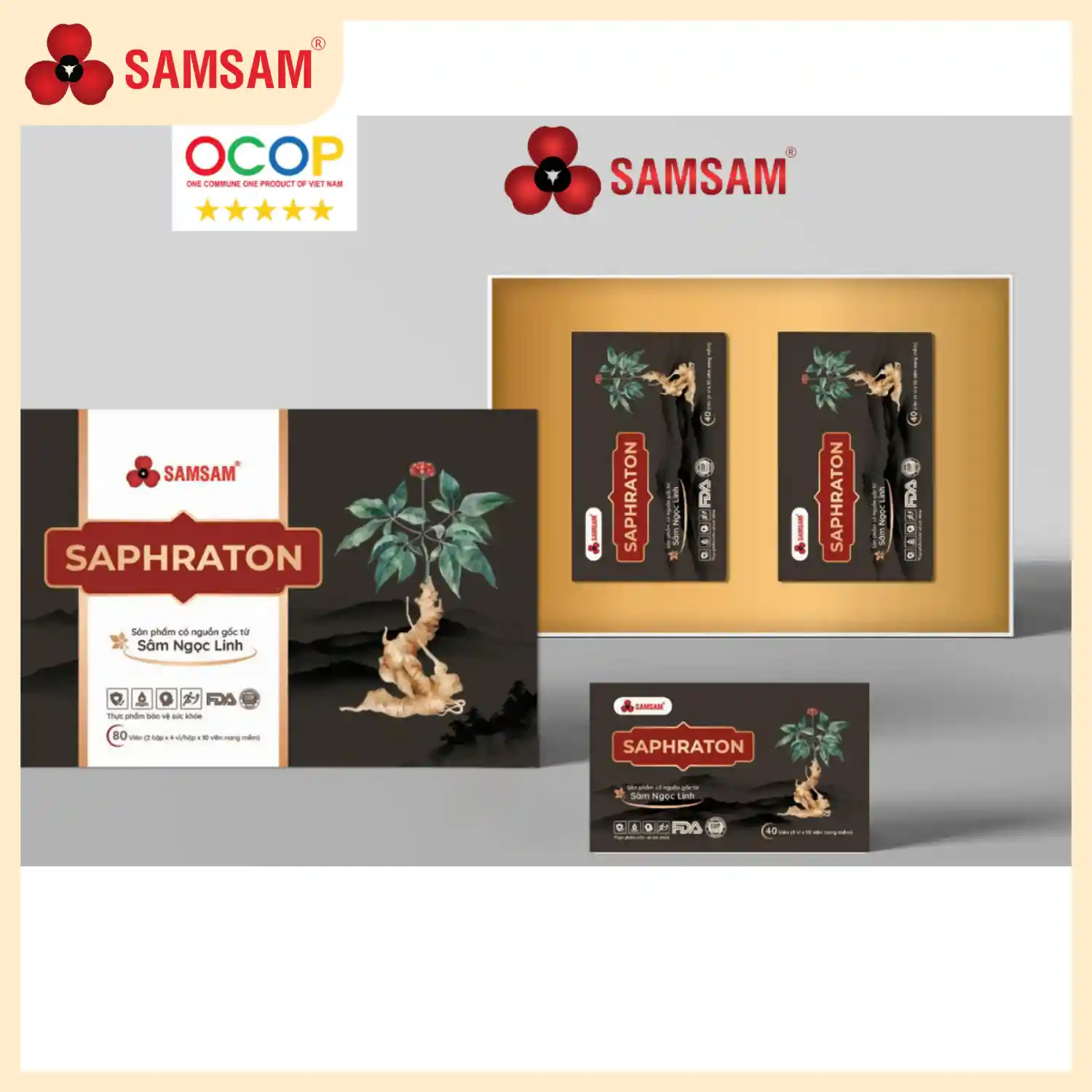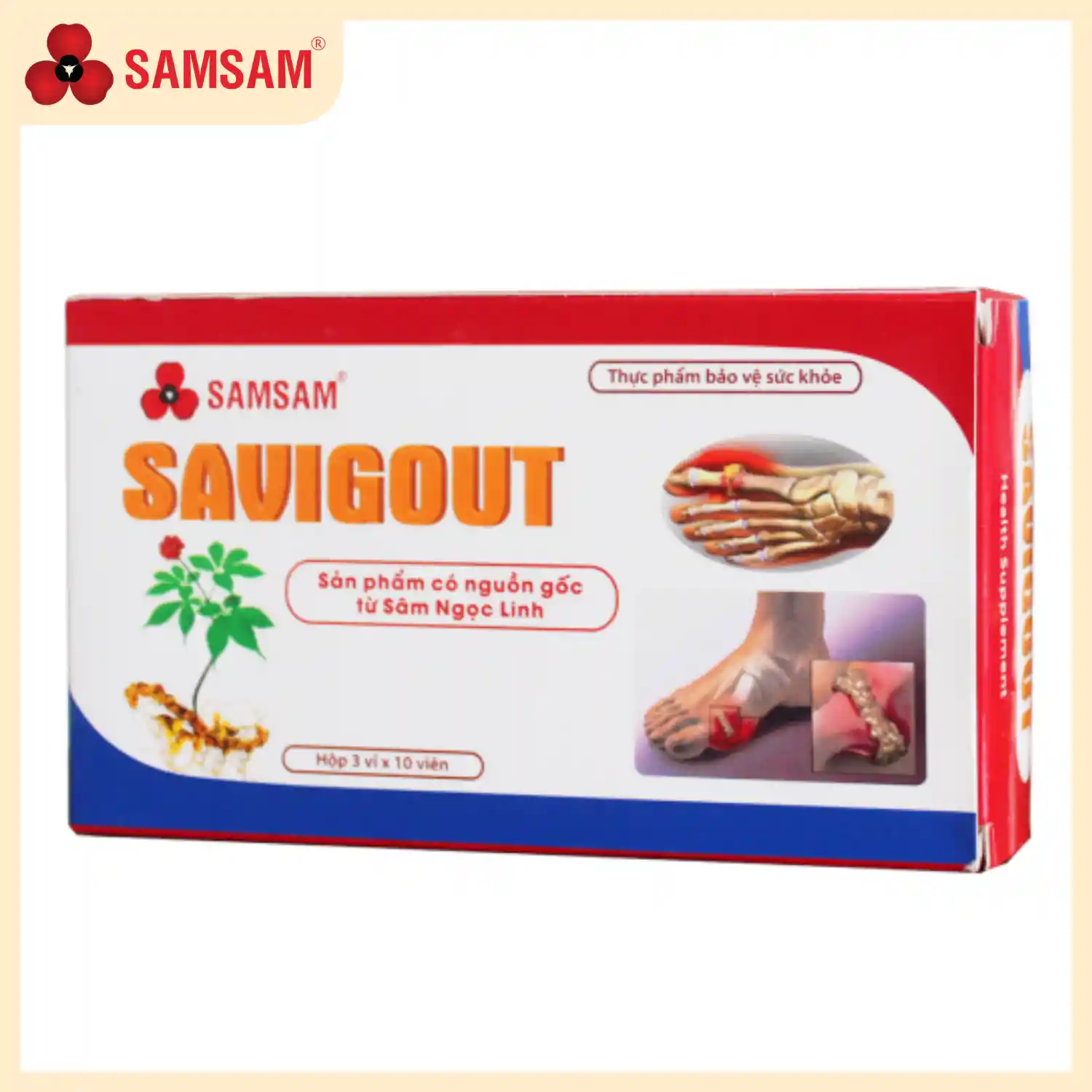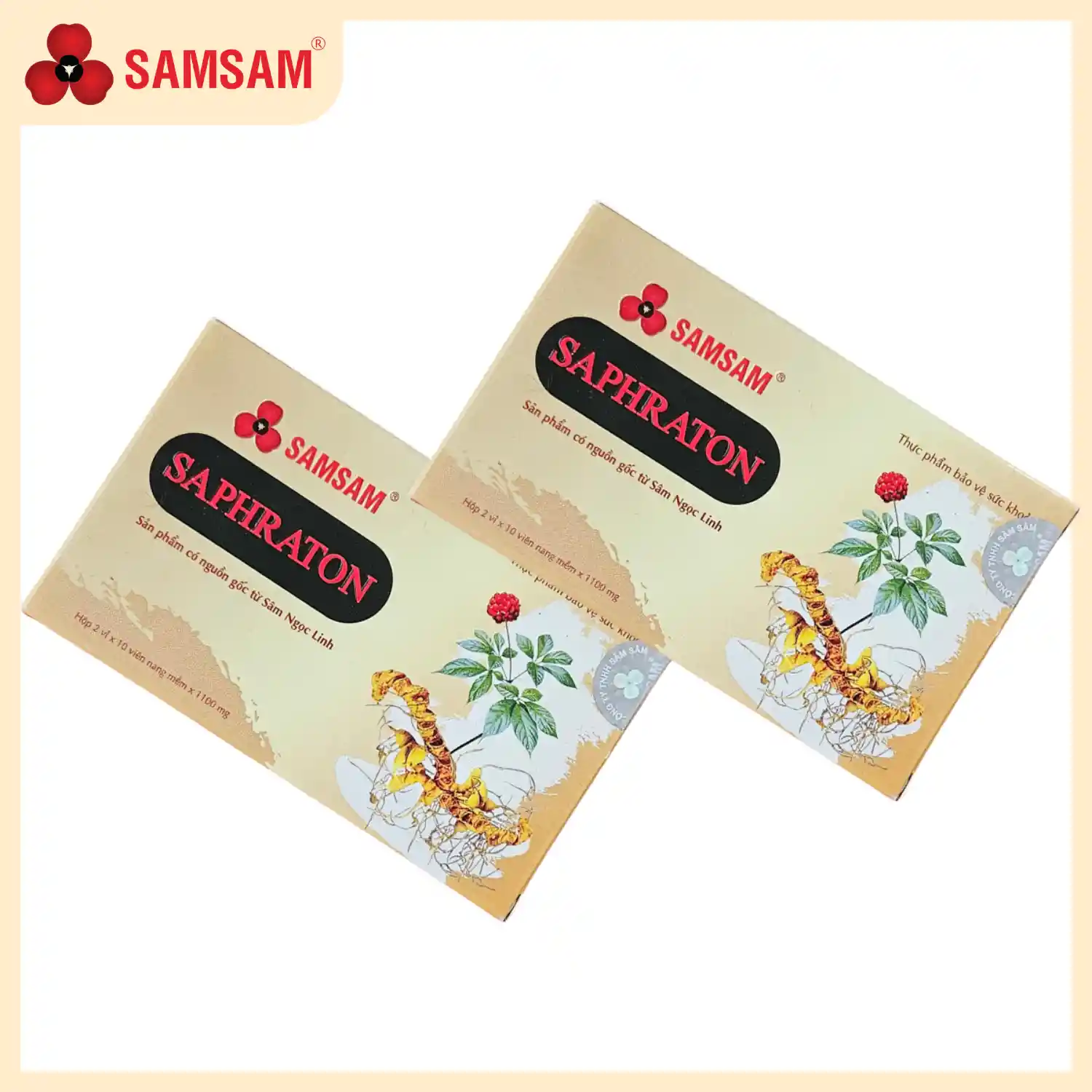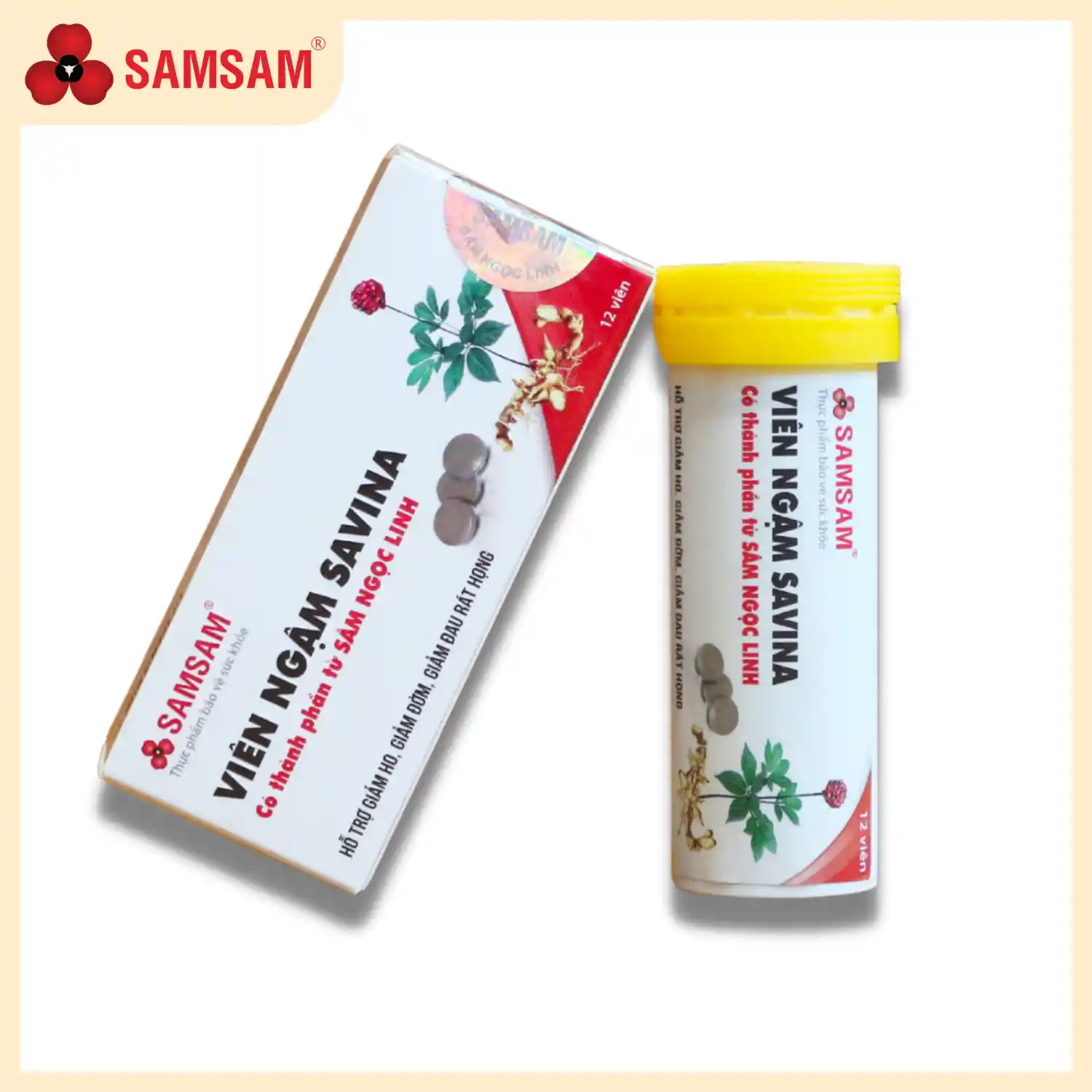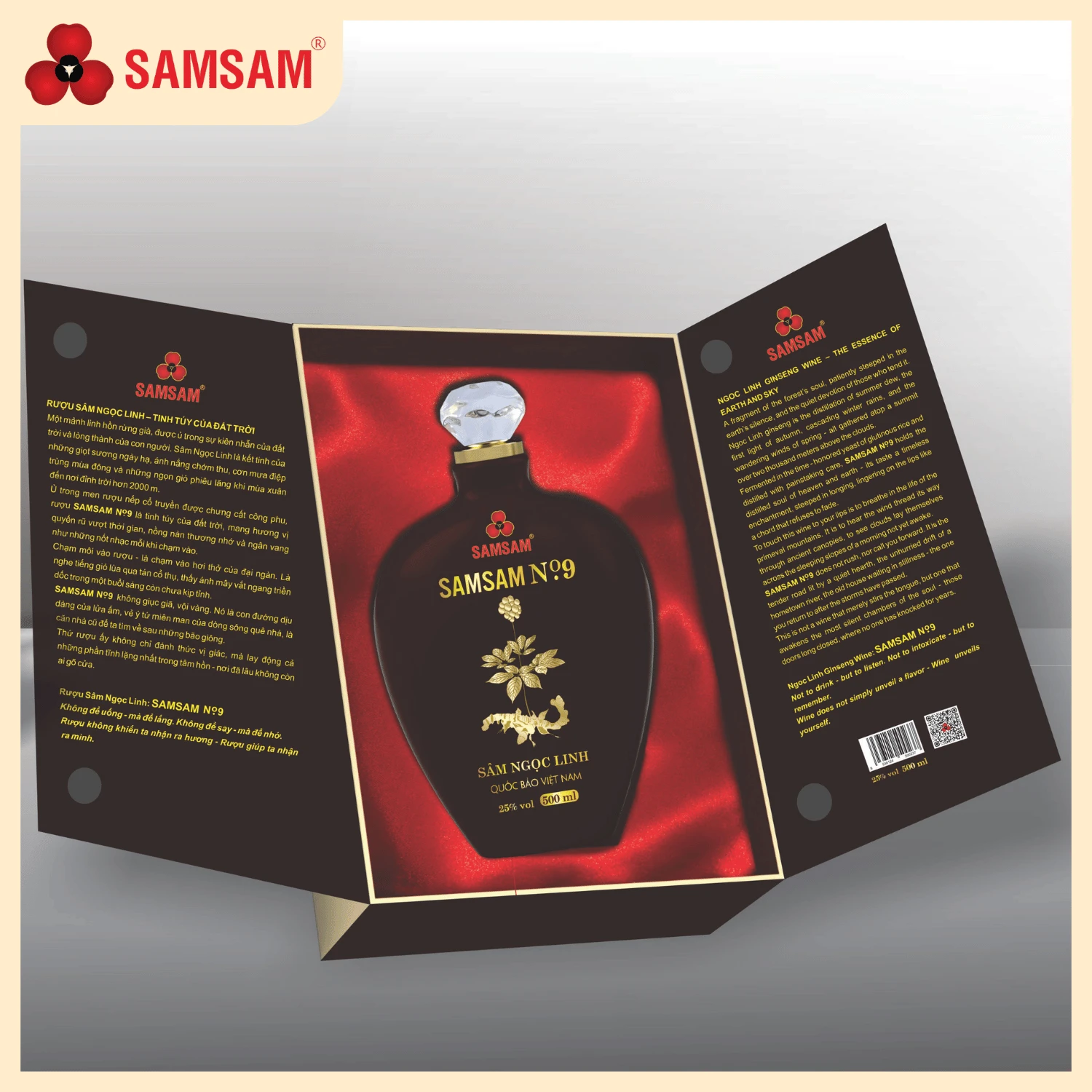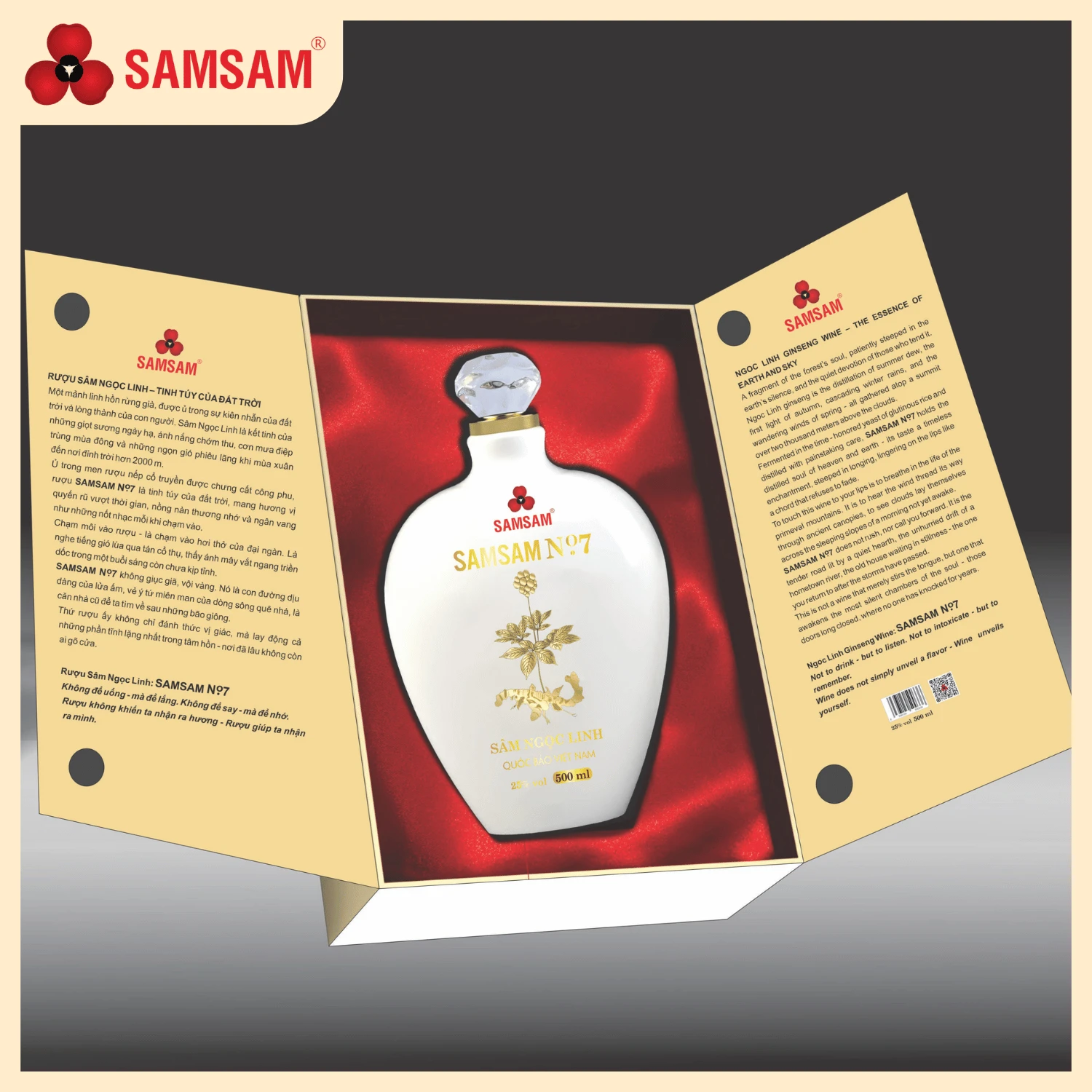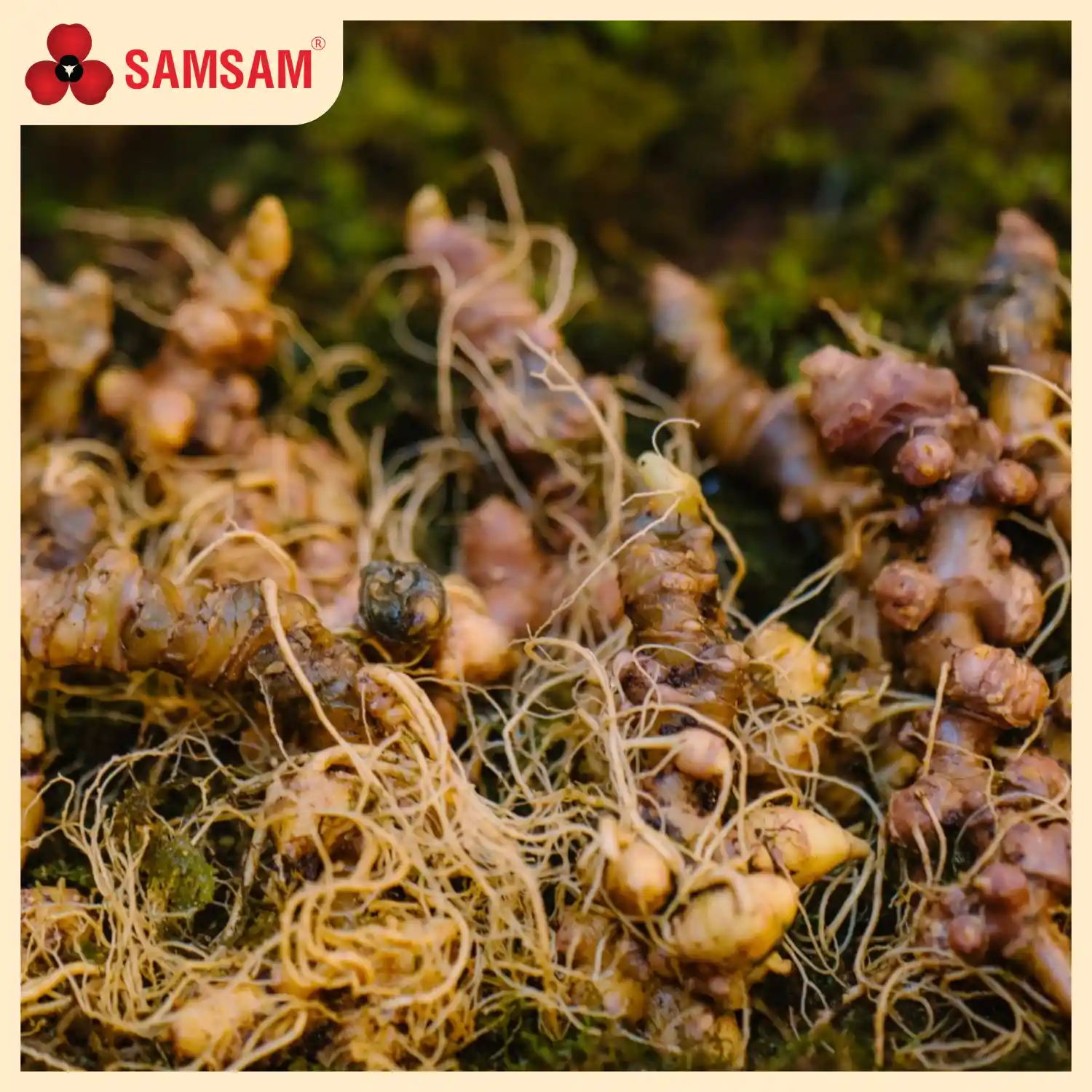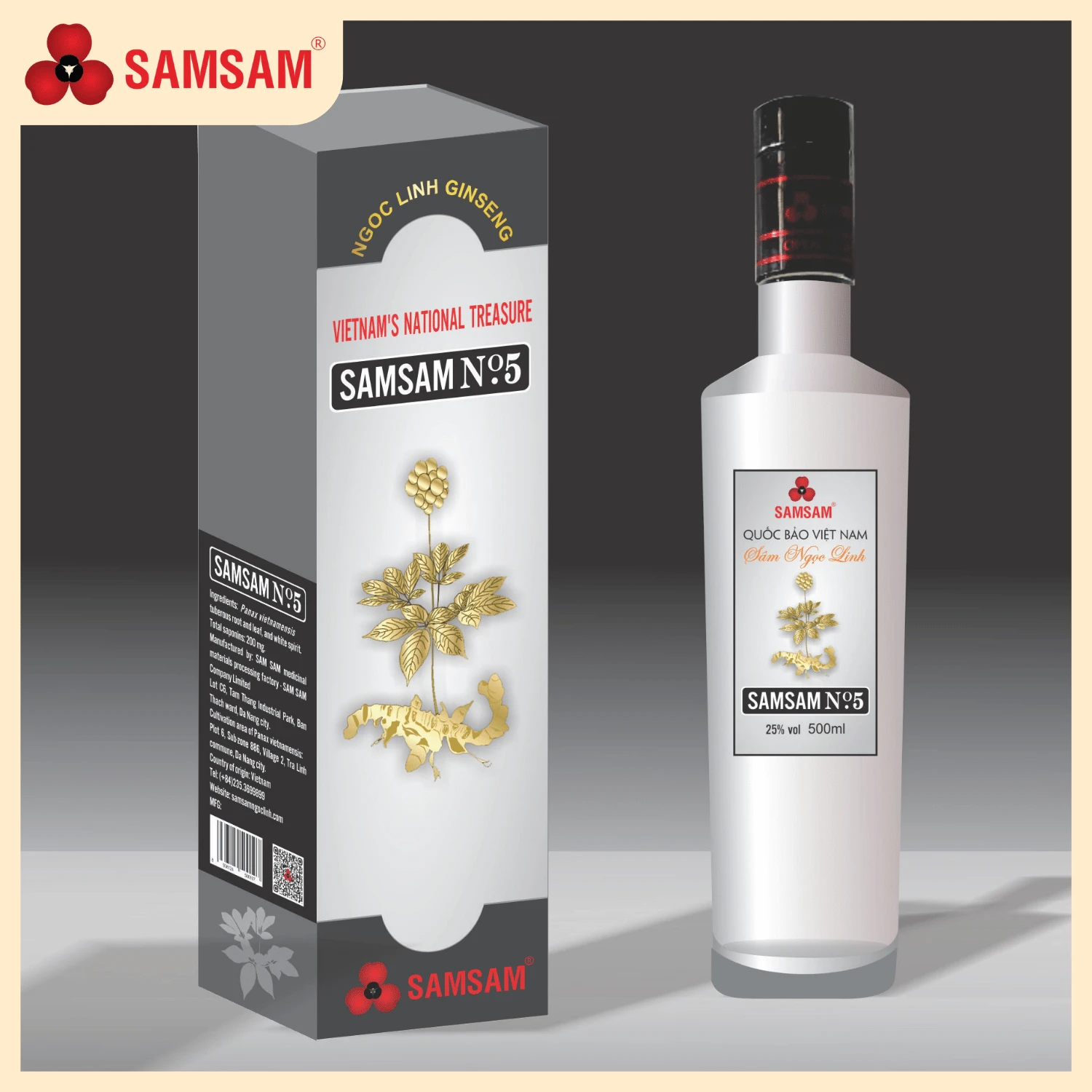Ngoc Linh ginseng is one of the most expensive and endemic medicinal herbs in the world. But to turn a national treasure into a sustainable economic sector, it requires more than a large amount of capital. I am a representative of a business that has invested in ginseng cultivation for more than 7 years. Growing ginseng is not like raising hope. It is a journey that requires alertness, long-term vision, and absolute respect for nature.
When we chose to regenerate the forest, before planting ginseng
I had surveyed many medicinal plant growing areas throughout the S-shaped land of Vietnam. But no area made me stop for as long as the Ngoc Linh mountain area. At an altitude of over 1,200m, the climate is humid and cold all year round, ginseng grows slowly but persistently. And what made me decide to start was not because of the economic potential, but because this is a type of plant that cannot be mass-produced. It lives in the forest, not in a greenhouse.
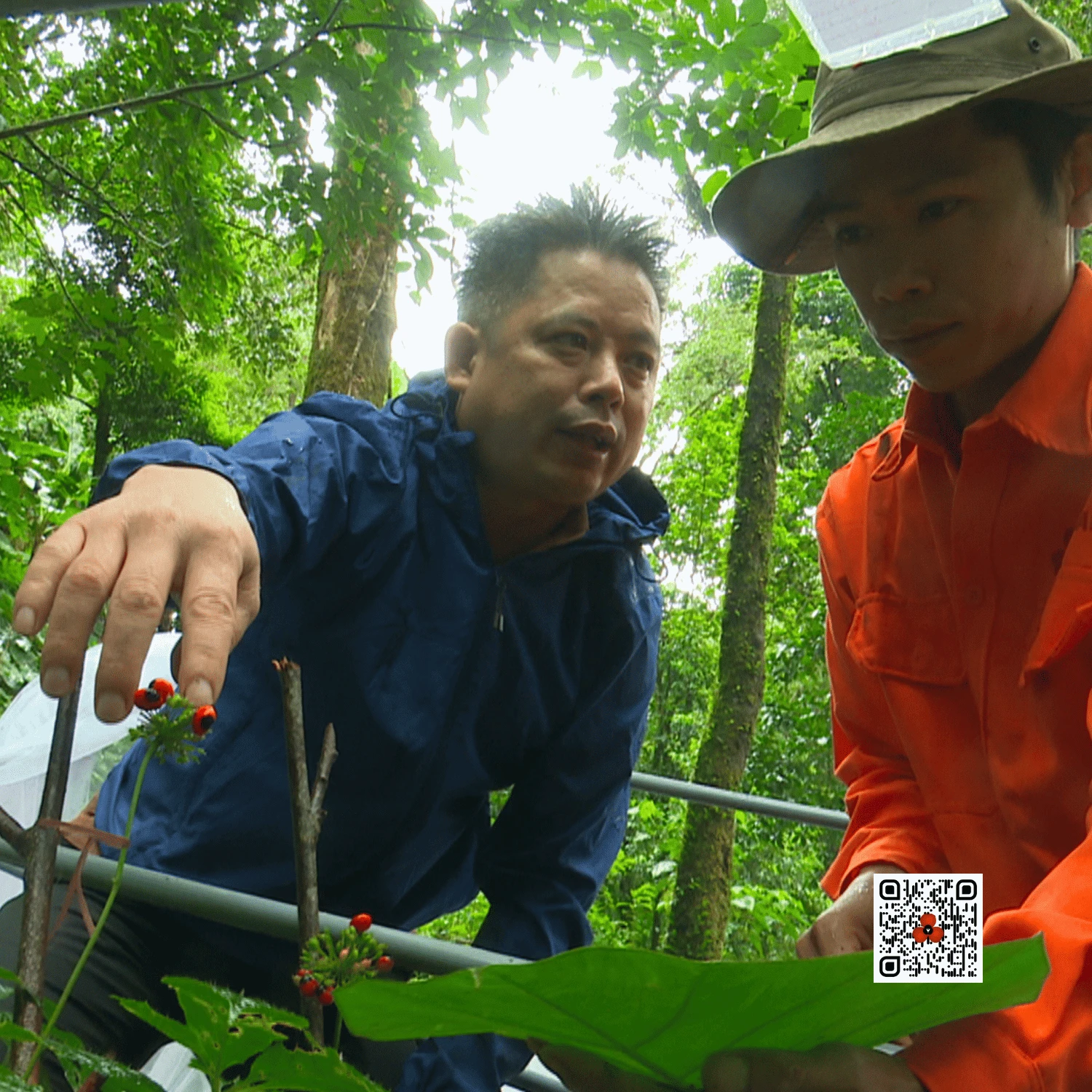
On the first day, my company rented forest land. I did not set up camp. I regenerated the forest in places that had been previously deforested. The first two years were spent just recovering the soil, planting canopy trees, clearing grass, and dividing biological zones. Only in the third year did we start sowing seeds. Each ginseng hole had coordinates, was coded, and had tags attached for tracking. The technical team mapped the growth of each plot, periodically checking soil index, humidity, and forest canopy. Each root had to live in harmony with the ecosystem. If the soil was eroded, if there was exploitation of forest products, the ginseng would die.
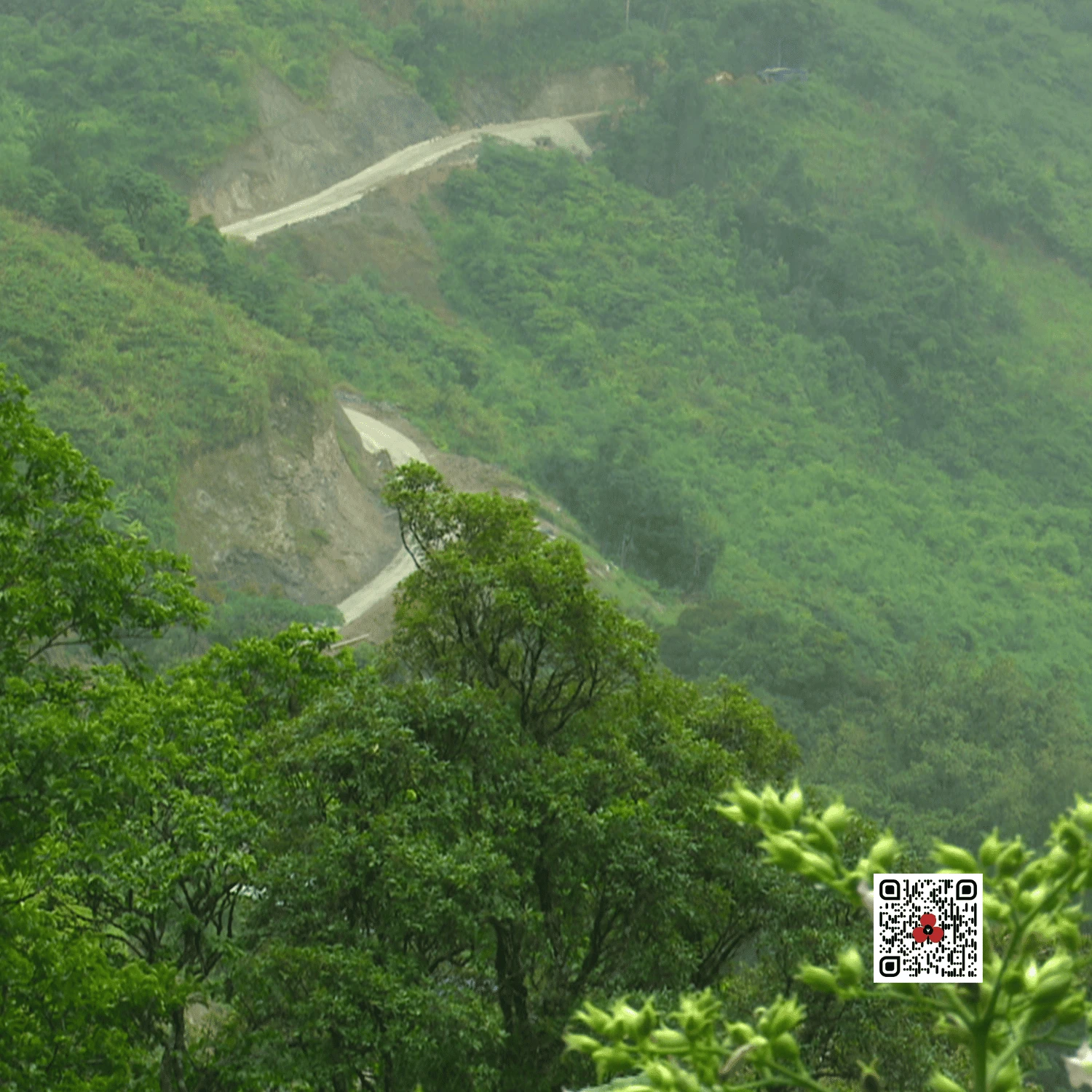
Starting from the forest, not starting from profit
Someone asked: is it profitable? I do not deny – yes. But profit in the ginseng industry does not come from quick sales. It comes from reputation. We do not chase output, but standardization. Each ginseng root must be traceable to the place of planting, age, and growing conditions. If you cannot build trust from the beginning of the chain – then do not think about sustainable development.
We cannot do it alone. We must cooperate with the people. We must share the benefits. When ginseng theft occurred, we did not handle it by law, but sat down with the village chief. Ginseng is a precious resource, but the forest is irreplaceable. If we do not make the people feel that they are part of this journey, ginseng will always be something to be fought over, not preserved.
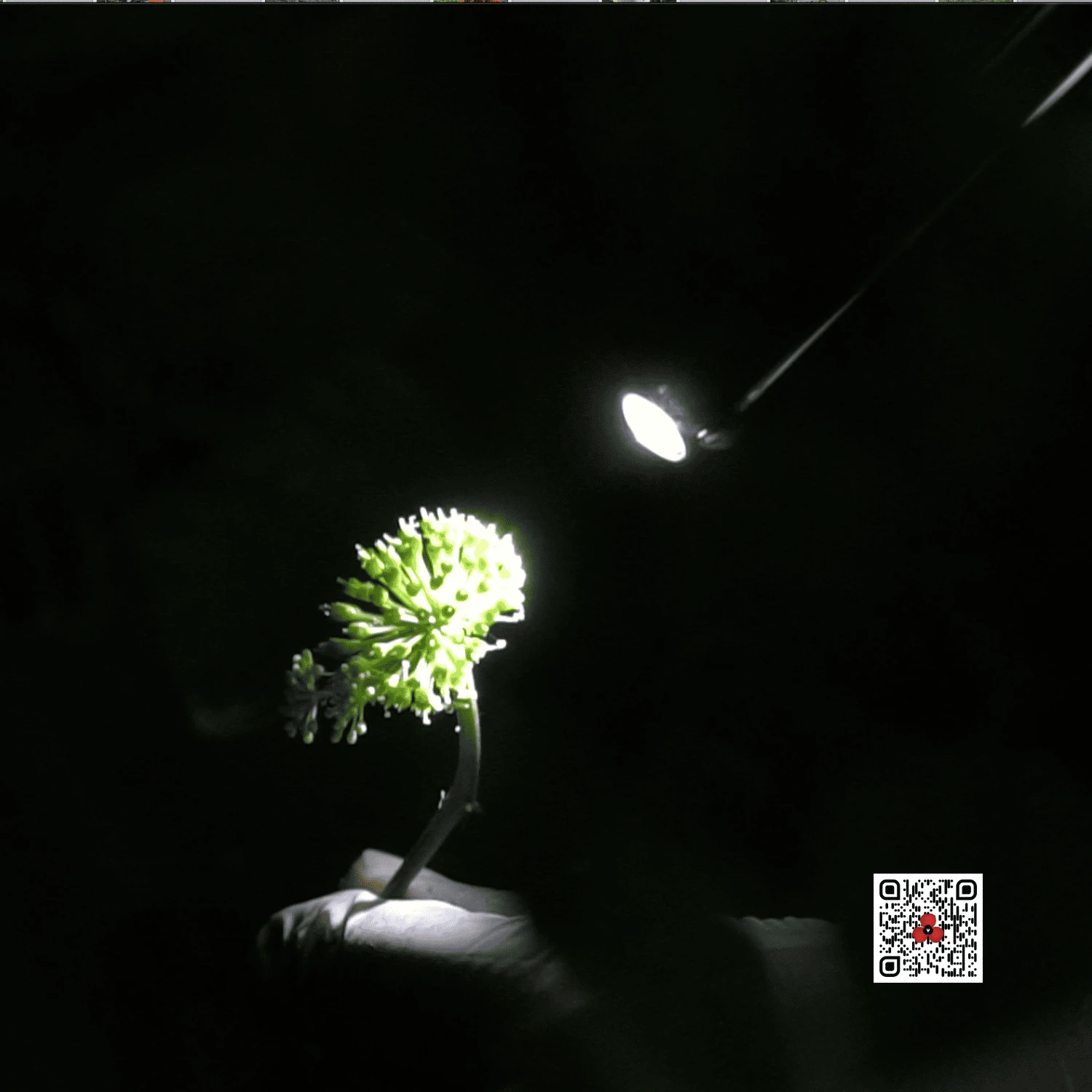
Ginseng only lives when the forest lives
After seven years, our company harvested the first crop of ginseng. Not much. But it was ginseng of all ages, clean, and standardized. We do not sell retail. We extract ginseng, make it into concentrate, capsules, and health care products. Each unit has a clear quality declaration, testing standards, and license. Not to show off, but to be transparent.
Growing ginseng is not for the impatient. Ginseng takes five years to mature, but it only takes one rumor to destroy its reputation. I have witnessed the market being disrupted by counterfeit goods. That is why we do not support goods of unknown origin. Do not buy ginseng that has “crossed the border”. Do not sell floating goods.
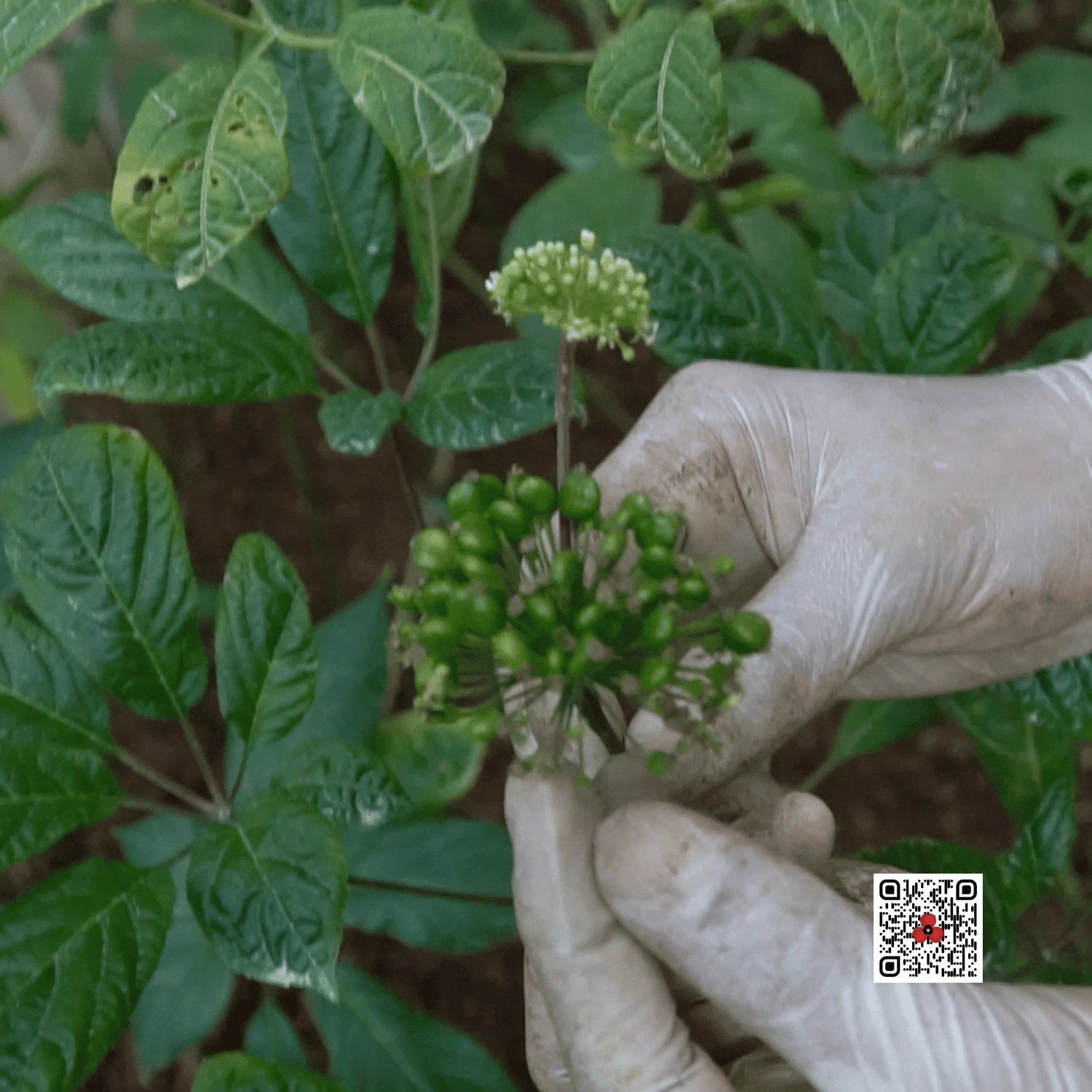
We don’t build camps, we rebuild ecosystems
I hope the ginseng industry doesn’t become an investment “fever”. Ginseng is not gold. It is life living in the forest. And the forest does not increase its production according to the revenue chart. Investing in ginseng is investing in responsibility. We must have enough patience, enough expertise, and enough ethics to preserve what is called a national treasure – not only because it is precious, but because it deserves to be developed properly.
